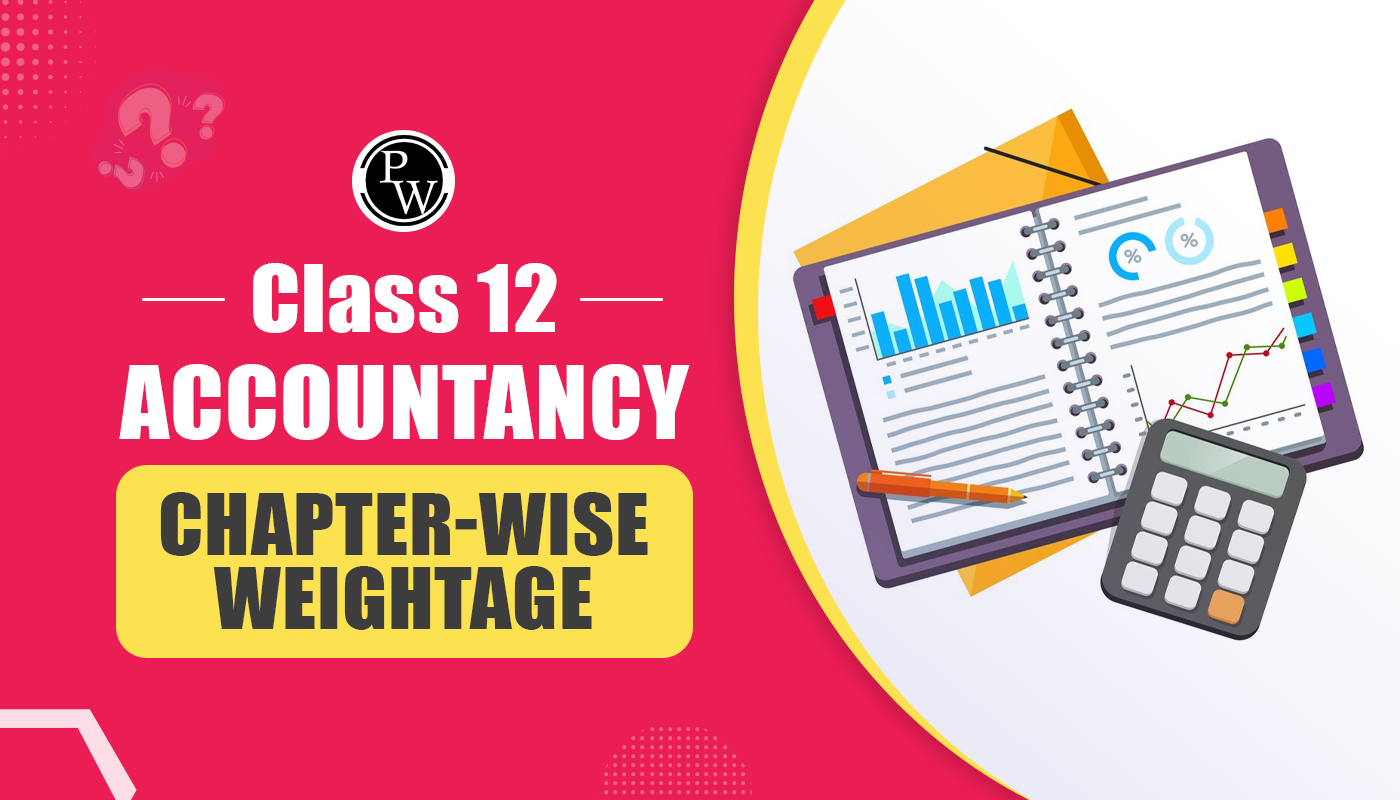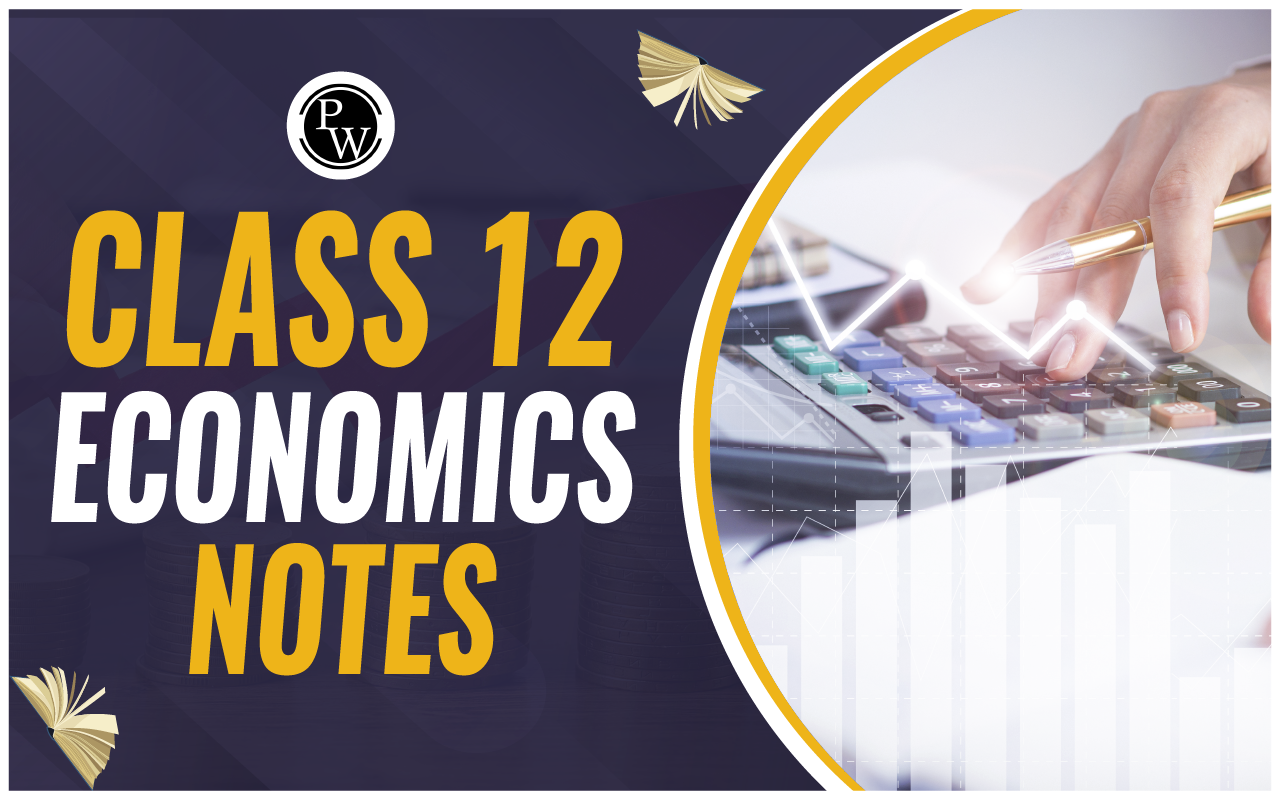
The ISC Class 12 Economics Syllabus 2025-26 is designed to offer students an in-depth understanding of fundamental and advanced economic concepts that shape both national and global economies. It offers a balanced approach to theory and application, ensuring students not only learn the basic concepts but also analyze how these concepts operate in real-world scenarios.
Covering essential topics from microeconomics and macroeconomics, this syllabus empowers learners to think critically, interpret data, draw logical conclusions, and relate textbook knowledge to pressing economic challenges. Whether it’s understanding demand elasticity or grasping fiscal policies, this syllabus lays a strong foundation for those aiming to pursue commerce, economics, or management in the future.
ISC Class 12 Economics Syllabus 2025-26 Overview
This overview section provides a snapshot of the key details you need to know about the subject, including the board, academic session, evaluation format, and more.
| ISC Class 12 Economics Syllabus Overview | |
| Aspect | Details |
| Education Board | Council for the Indian School Certificate Examinations (CISCE) |
| Class | 12th (XII) |
| Subject | Economics |
| Academic Year | 2025-26 |
| Total Marks | 100 (Theory - 80, Project Work - 20) |
| Medium | English |
ISC Class 12 Economics Syllabus 2025-26 Marks Distribution
Here's a quick look at how marks are divided between different sections of the syllabus. This clarity helps students prioritize their study time effectively.
| ISC Class 12 Economics Syllabus Marks Distribution | ||
| Section | Units | Marks |
| Microeconomic Theory | Demand, Elasticity, Supply, Market Mechanism, Production, Cost, Market Forms | 40 |
| Macroeconomics | Income & Employment, Money & Banking, BOP, Public Finance, National Income | 40 |
| Project Work | Based on any two topics from theory | 20 |
| Total | 100 | |
ISC Class 12th Economics Syllabus
2025-26
Unit-Wise Breakdown of ISC Class 12 Economics Syllabus 2025-26
This section provides a detailed view of all the major concepts covered in the syllabus. Each unit has been crafted to enhance conceptual clarity and practical understanding of economics through structured topics and examples.
1. Microeconomic Theory (40 Marks)
Demand: Definition, determinants, demand function, Law of Demand, demand curve, shifts vs movements, exceptions to the law. Includes both cardinal (utility) and ordinal (indifference curve) analysis.
Elasticity of Demand: Types and methods of measurement including point and percentage methods, cross and income elasticity.
Supply: Meaning, stock vs supply, determinants, Law of Supply, elasticity, supply curve shifts.
Market Mechanism: Concept of equilibrium, impact of demand-supply changes, concepts like price ceiling and floor.
Production: Production function (short and long run), Law of Variable Proportions, returns to scale, marginal and average products.
Cost and Revenue: Fixed, variable, marginal, average costs and revenues; cost curves, opportunity cost, producer equilibrium under perfect and imperfect competition.
Market Forms: Characteristics and equilibrium under perfect competition, monopoly, monopolistic competition, oligopoly, monopsony.
2. Macroeconomics (40 Marks)
Theory of Income and Employment: Aggregate demand and supply, consumption and saving, investment multiplier, problems of excess and deficient demand.
Money and Banking: Functions of money, types, inflation, commercial and central banking functions, credit creation, monetary policy tools.
Balance of Payments and Exchange Rate: Components of BOP, exchange rate systems, devaluation, revaluation, depreciation, appreciation.
Public Finance: Fiscal policy instruments, public revenue and expenditure, government budget, types of deficits.
National Income: Circular flow, concepts like GDP, GNP, NNP, income methods, and relationship among aggregates.
ISC Class 12 Economics Syllabus 2025-26 Project Work
Students are required to complete two projects, based on any topic from the theory part. Topics may include analysis of public sector units, socio-economic surveys, sector-wise GDP contributions, monetary policy effects, or environmental economics.
Marking Scheme for Each Project (10 Marks):
- Overall Format: 1 mark
- Content: 4 marks
- Findings: 2 marks
- Viva-Voce: 3 marks
Why the ISC Class 12 Economics Syllabus 2025-26 Matters
The ISC Class 12 Economics Syllabus 2025-26 serves as an essential guide for students aiming to develop strong foundational knowledge in economic principles. This curriculum introduces key analytical frameworks such as elasticity, production functions, market structures, and national income concepts that students will encounter in higher education and competitive exams.
More importantly, the ISC Class 12 Economics Syllabus 2025-26 goes beyond textbook learning by incorporating contemporary issues like environmental sustainability, public policy, inflation, and the dynamics of global trade. Students are encouraged to relate these concepts to real-life events, fostering deeper understanding and curiosity.
The syllabus also provides a strong basis for interdisciplinary learning, bridging economics with political science, statistics, business studies, and even environmental science. Students preparing for commerce, business administration, or social science streams in college will find this curriculum particularly relevant.
Preparation Tips for ISC Class 12 Economics Syllabus 2025-26
Results in Economics require more than just memorizing definitions, it's about understanding trends, interpreting data, and connecting theories to practical situations. These tips will help streamline your study strategy and improve performance.
Dividing by Topics: Economics is broadly divided into microeconomics and macroeconomics. Segmenting your study this way ensures balanced preparation and better topic retention.
Diagram Practice: Diagrams like demand-supply curves, PPC (Production Possibility Curve), and cost curves are essential for explaining theories visually in exams.
Past Papers: Solving previous years' question papers helps familiarize you with the exam pattern and types of questions asked.
Note-Making: Creating short, clear notes for key definitions, laws, and concepts aids quick revisions before exams.
Current Affairs: Linking economic theories with real-world news makes the subject more engaging and helps in answering application-based questions.
Stay focused and consistent with your preparation. With the structured ISC Class 12 Economics Syllabus 2025-26, students can approach their board exams with clarity and confidence.
Join PW Commerce Online Course and unlock your potential with quality education and dedicated learning support.
ISC Class 12 Economics Syllabus FAQs
Is project work mandatory in the ISC Class 12 Economics Syllabus 2025-26?
How many units are there in the ISC Class 12 Economics Syllabus 2025-26?
What is the total marks distribution for the ISC Class 12 Economics Syllabus 2025-26?










